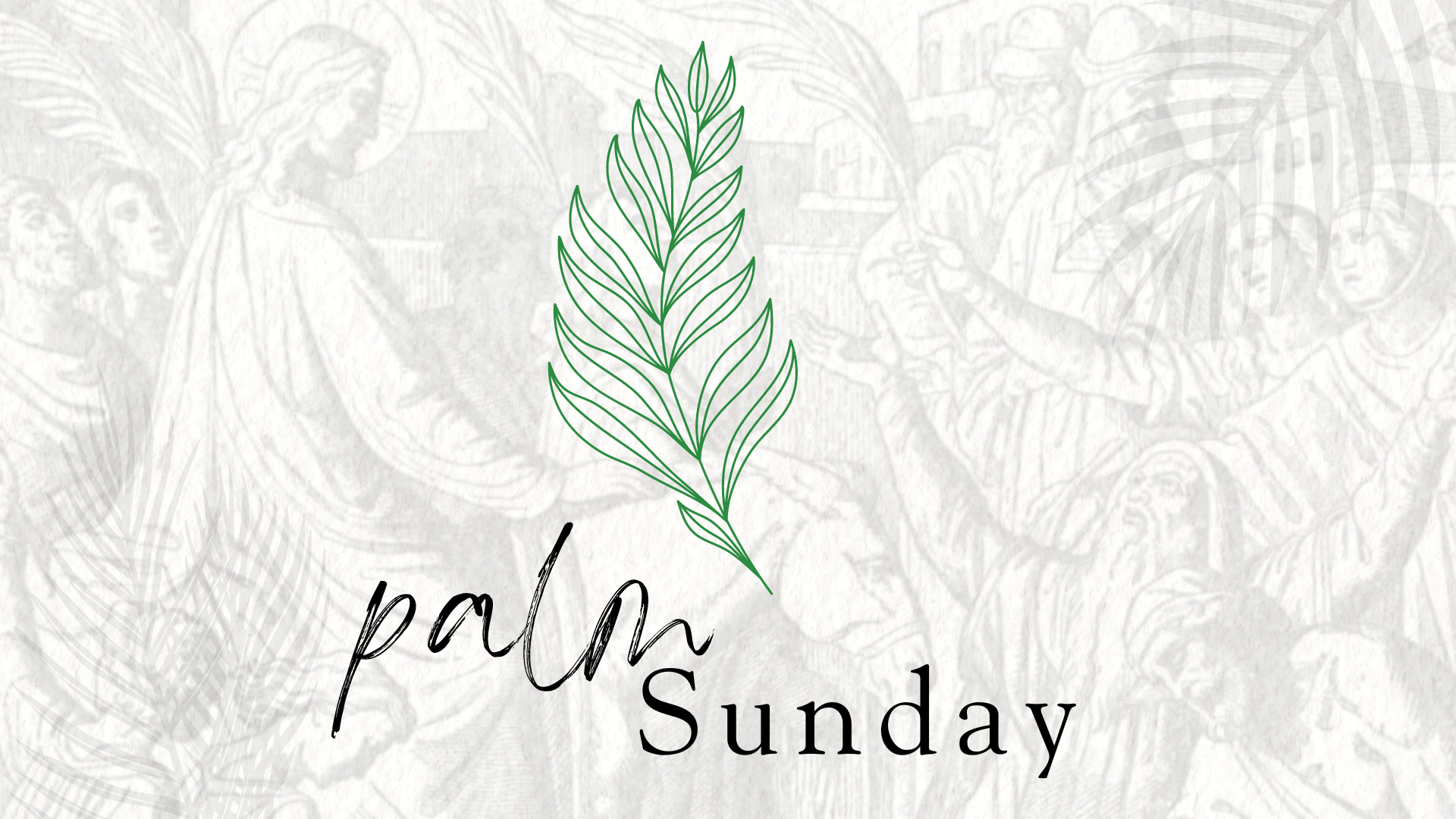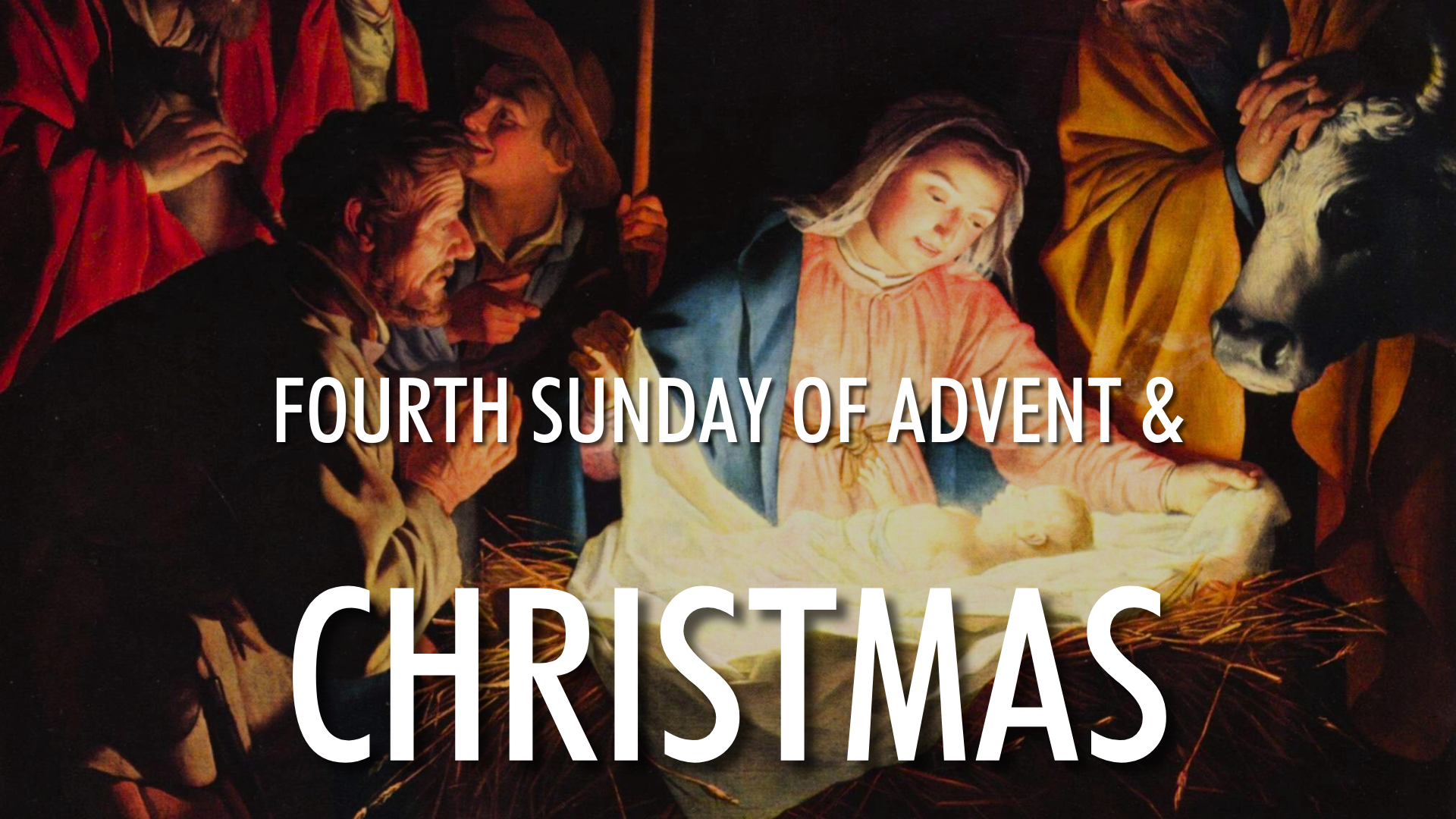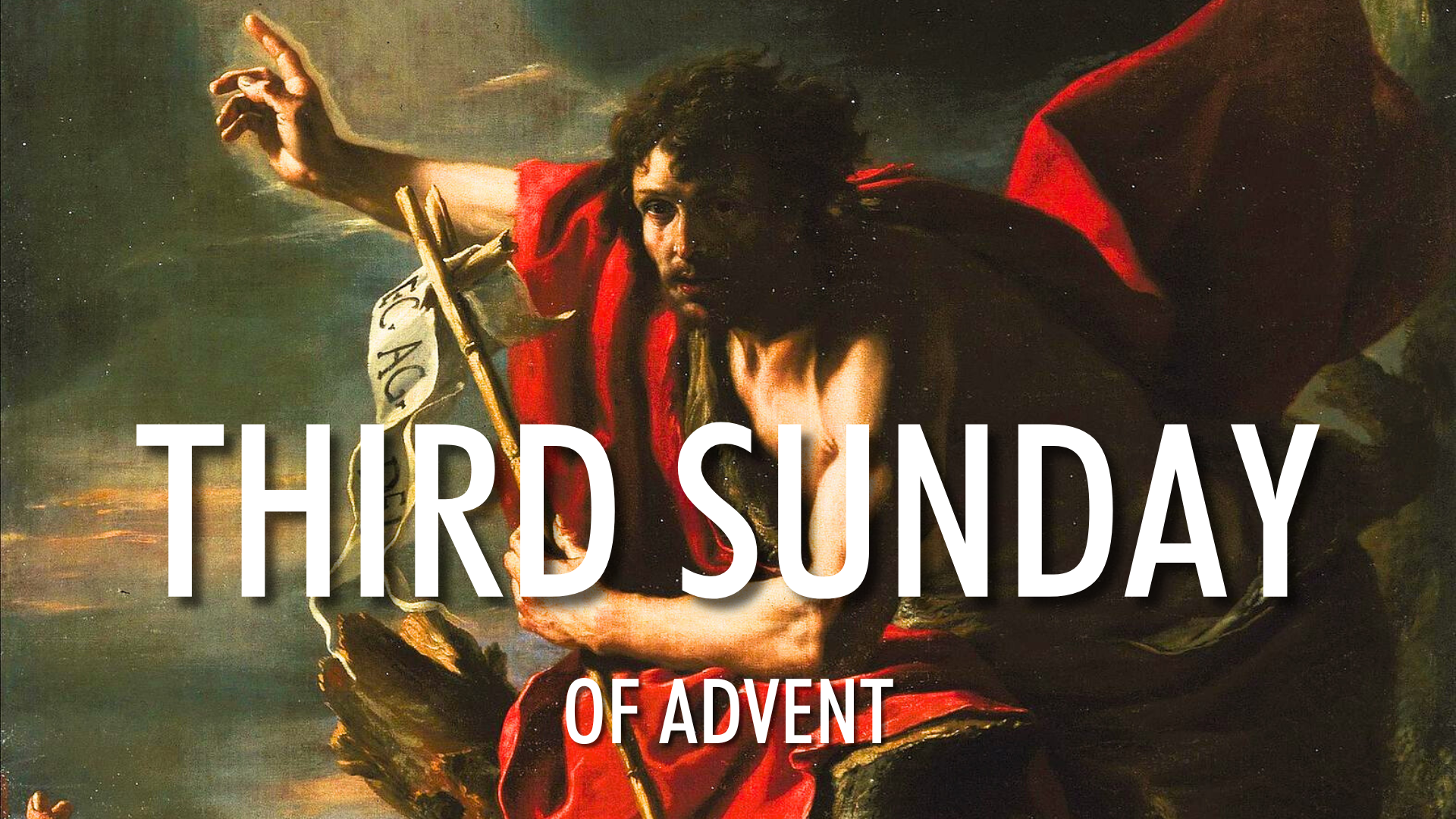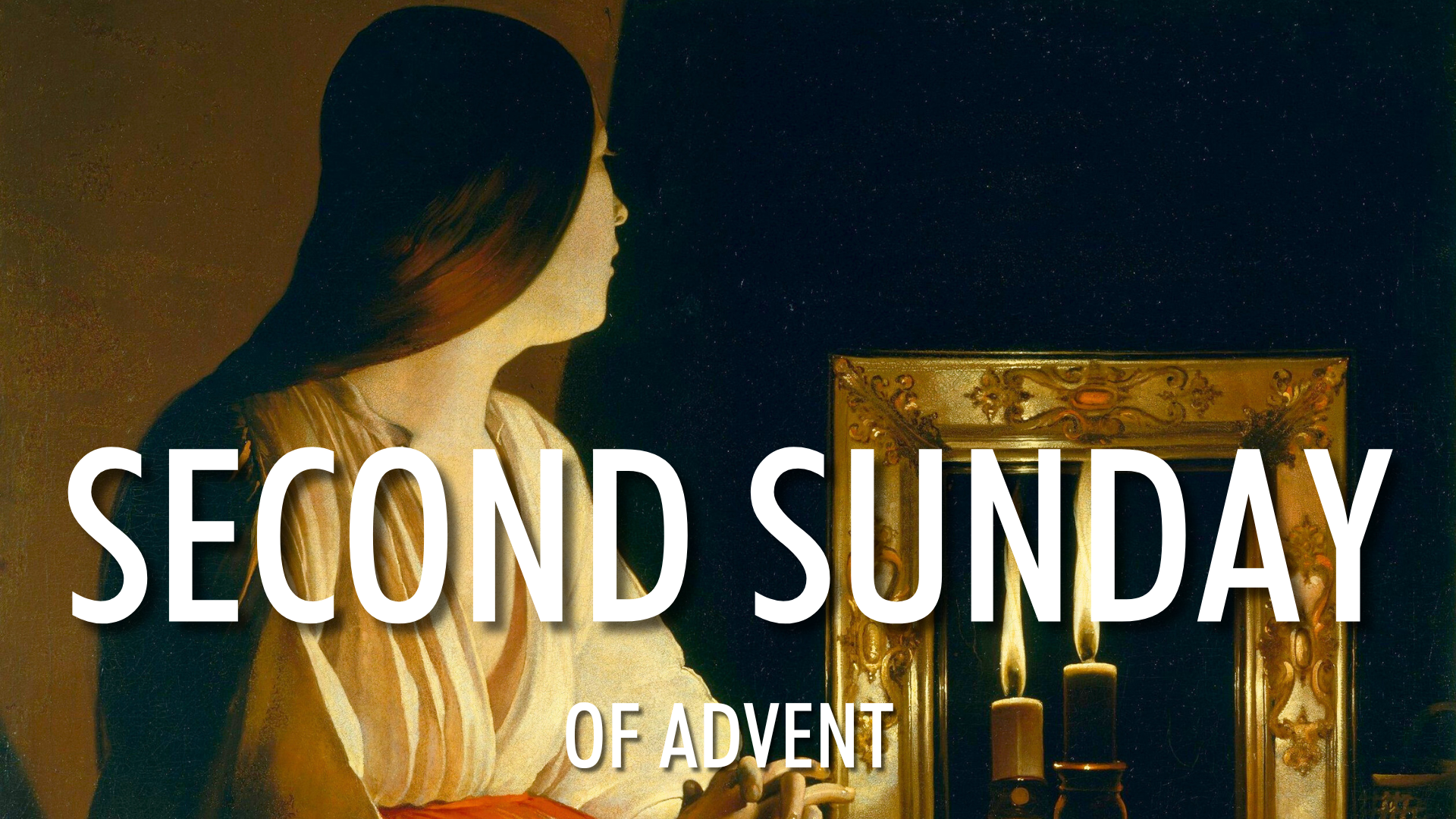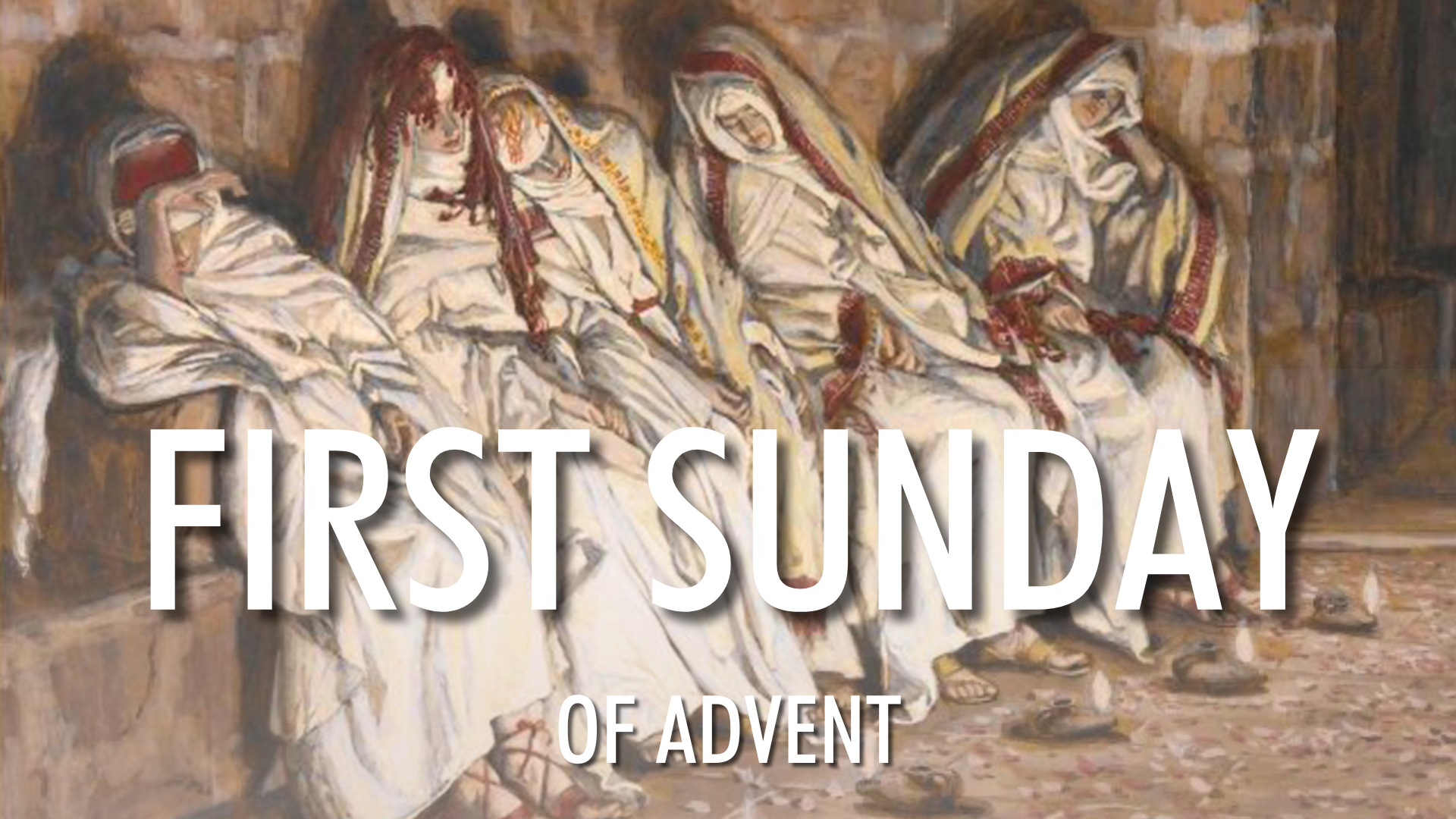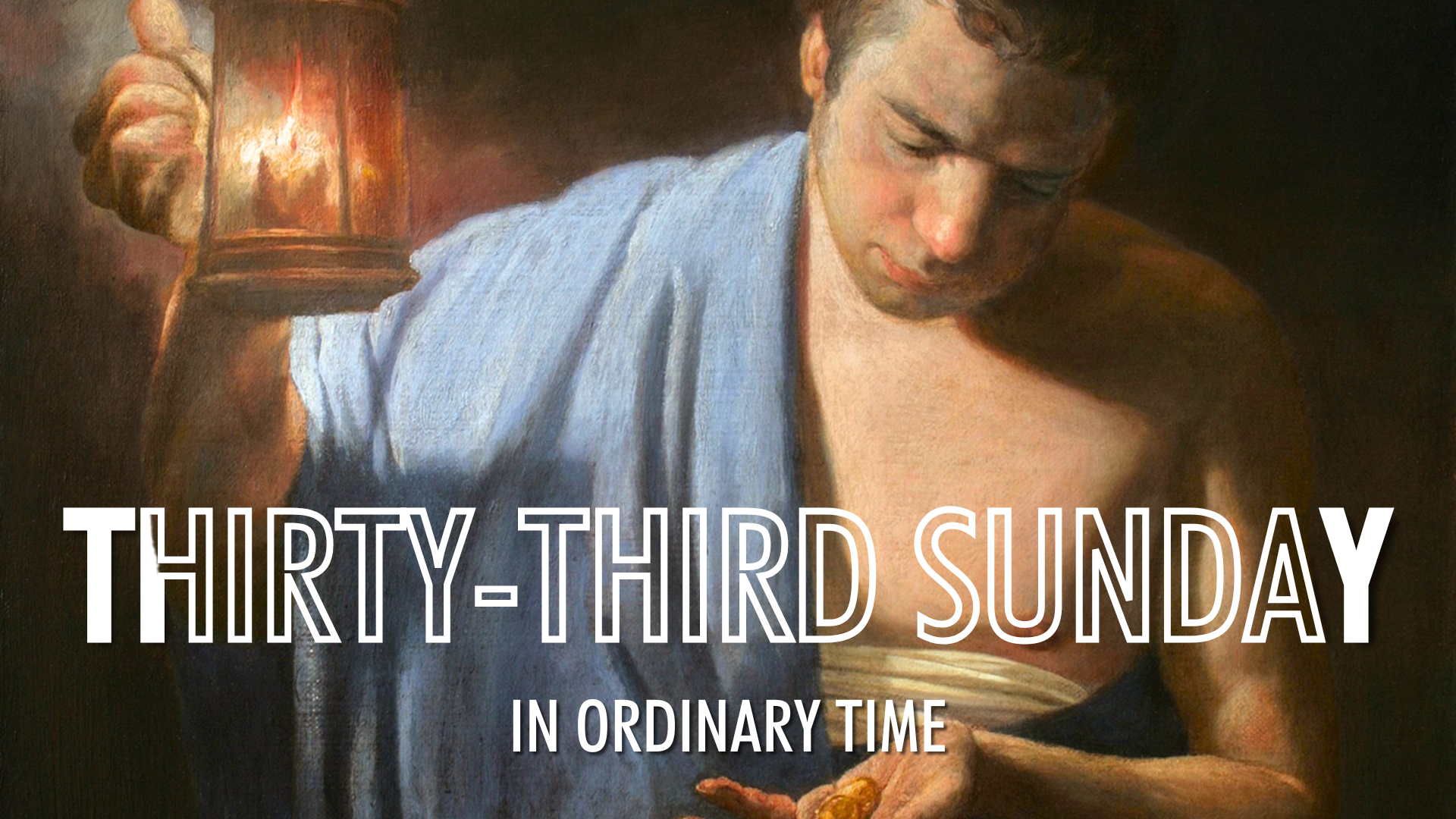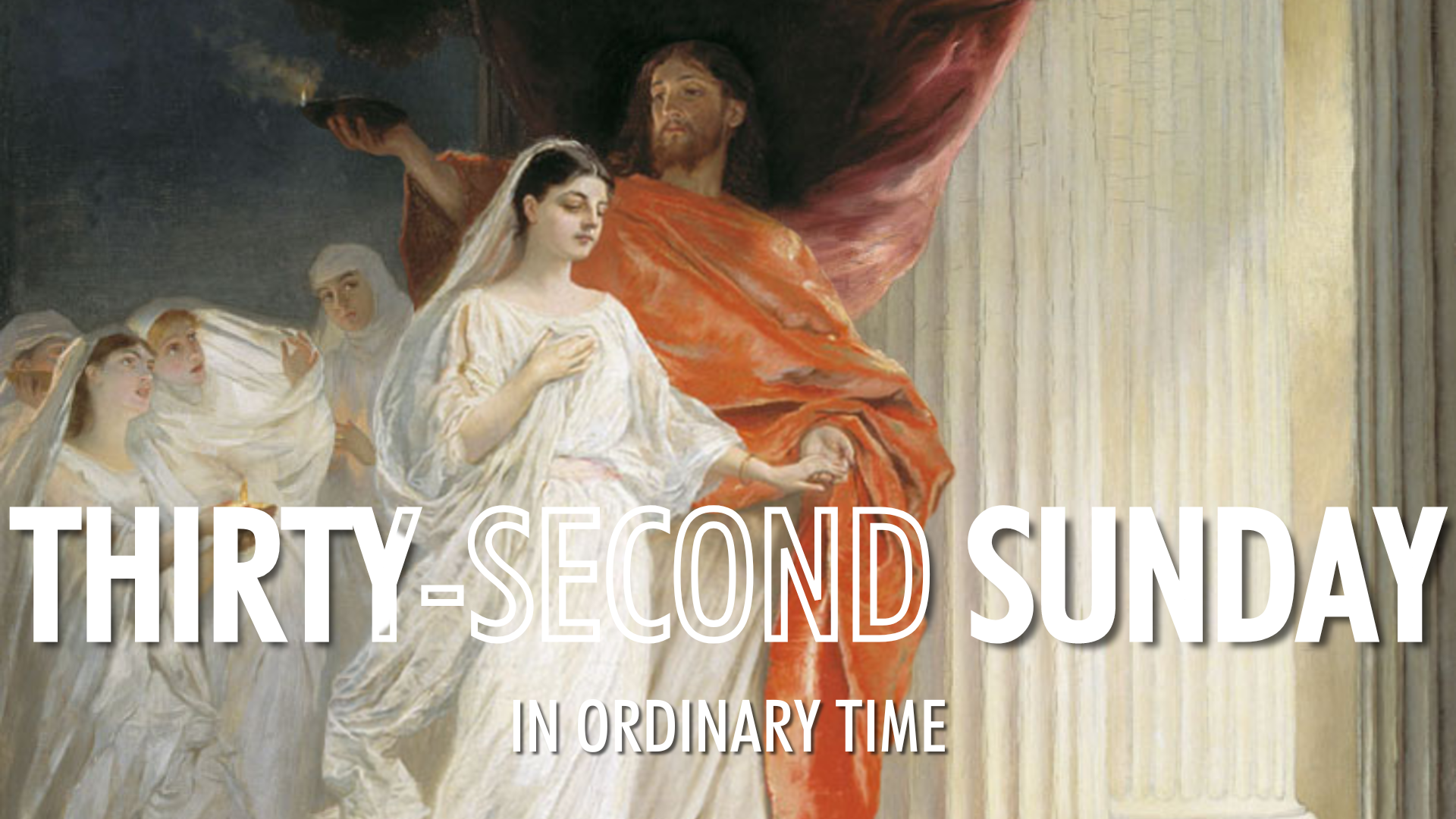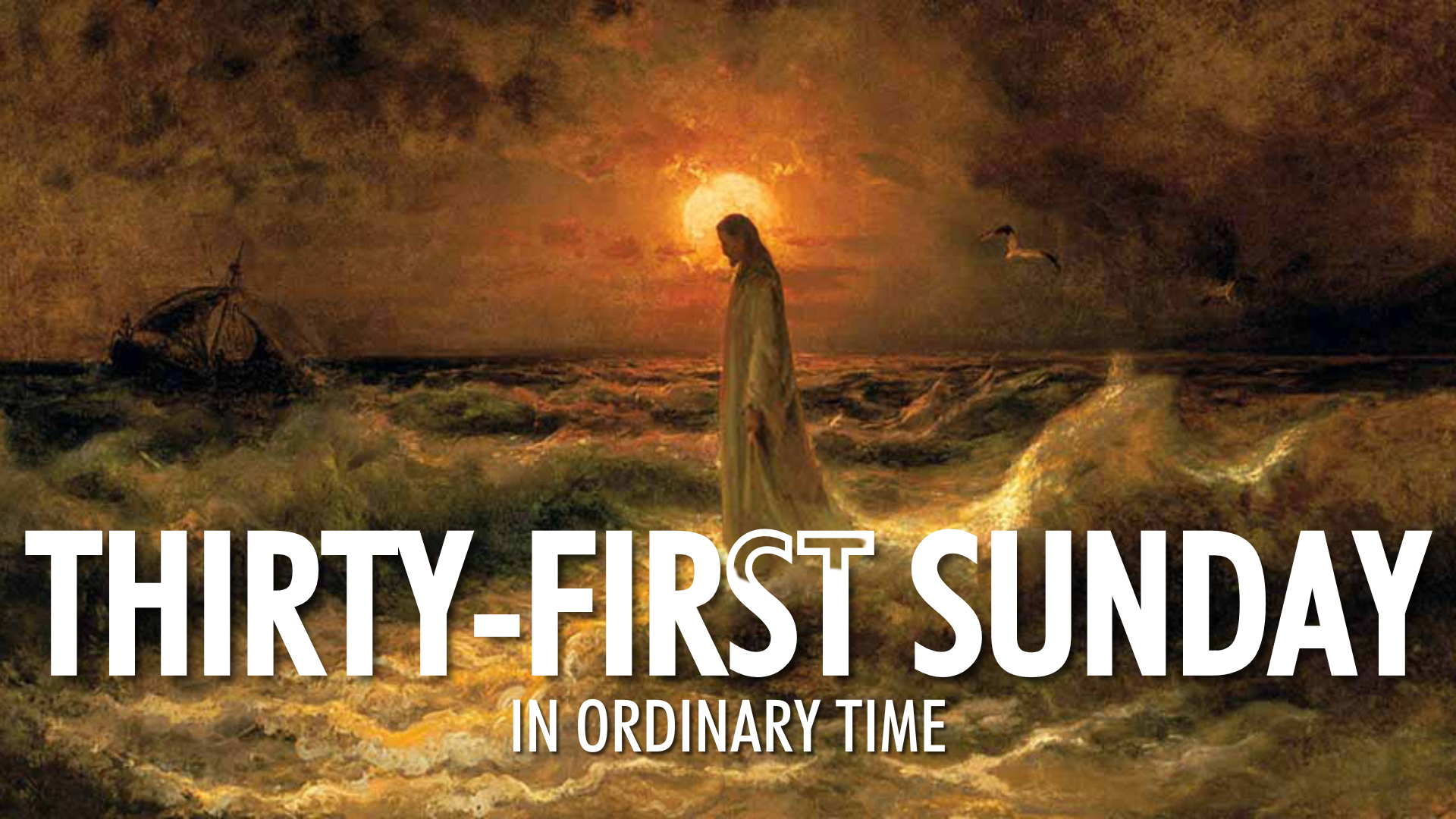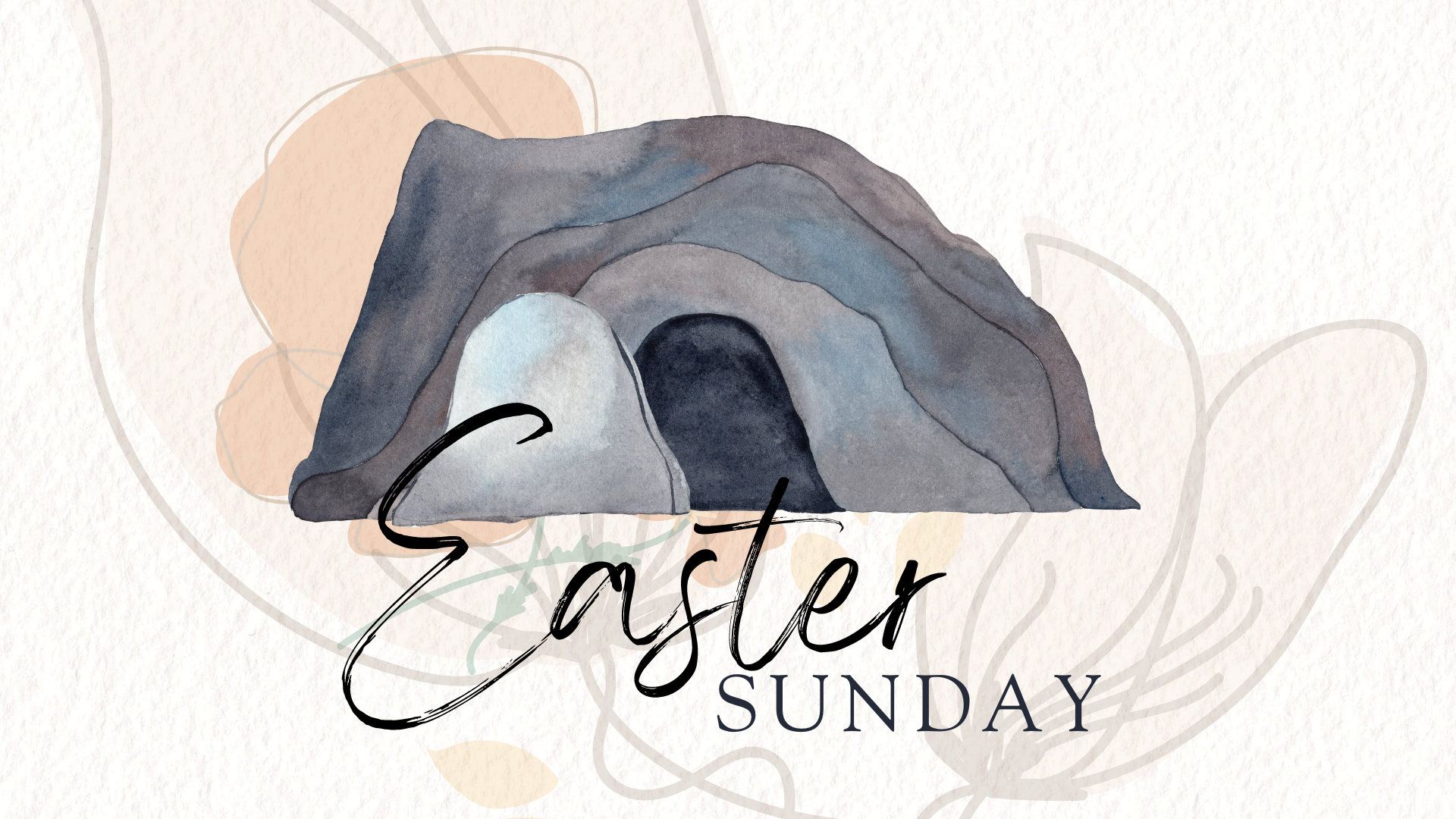
Easter Sunday Readings: Acts, Colossians, John
Reflection:
Easter greetings to all on this happy and blessed day! We rejoice with the Church at our liberation from the bondage of sin. Jesus has won the victory for us.
One of the most dramatic and awesome moments in the reading of the Passion happens at the moment of Jesus’ death: Jesus gave a loud cry and breathed His last. The veil of the sanctuary was torn in two from top to bottom (Matthew 27:51-53).
In this powerful symbolic event the separation between God (whose holiness dwelt behind the veil in the Jerusalem temple) and His people was breached and healed. God and His people are now restored to communion through the saving death of Jesus which repaired the fracture caused by original sin. Within days, Jesus is raised from the tomb in the final conquest of Satan, sin and death. May we joyfully embrace the salvation He has won for us!
Christ is risen! Indeed He is risen!

